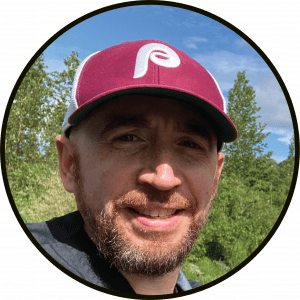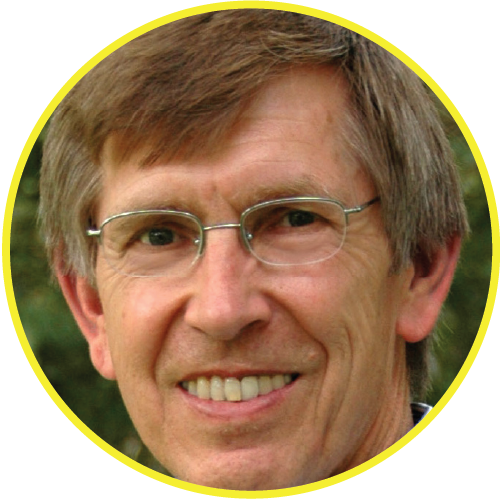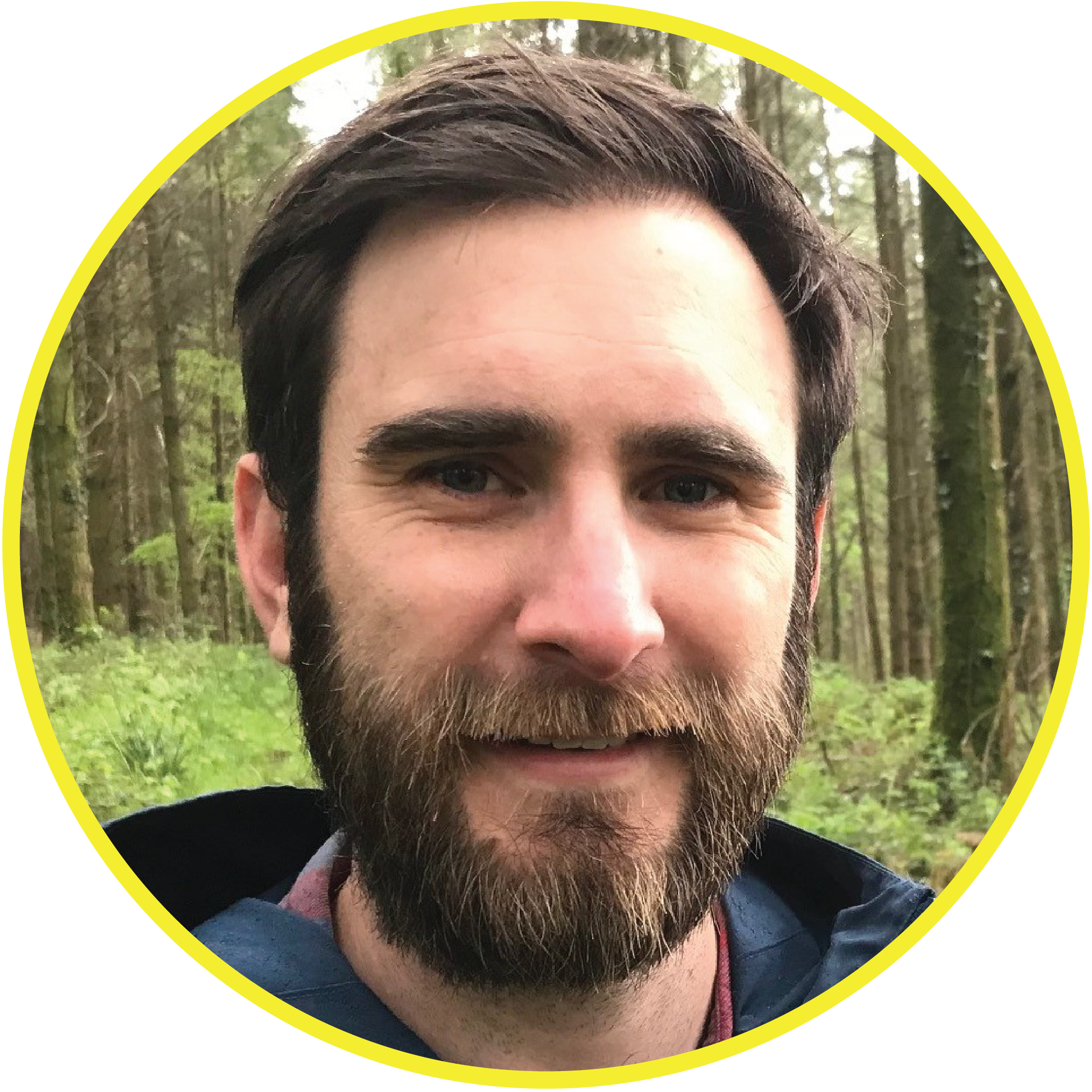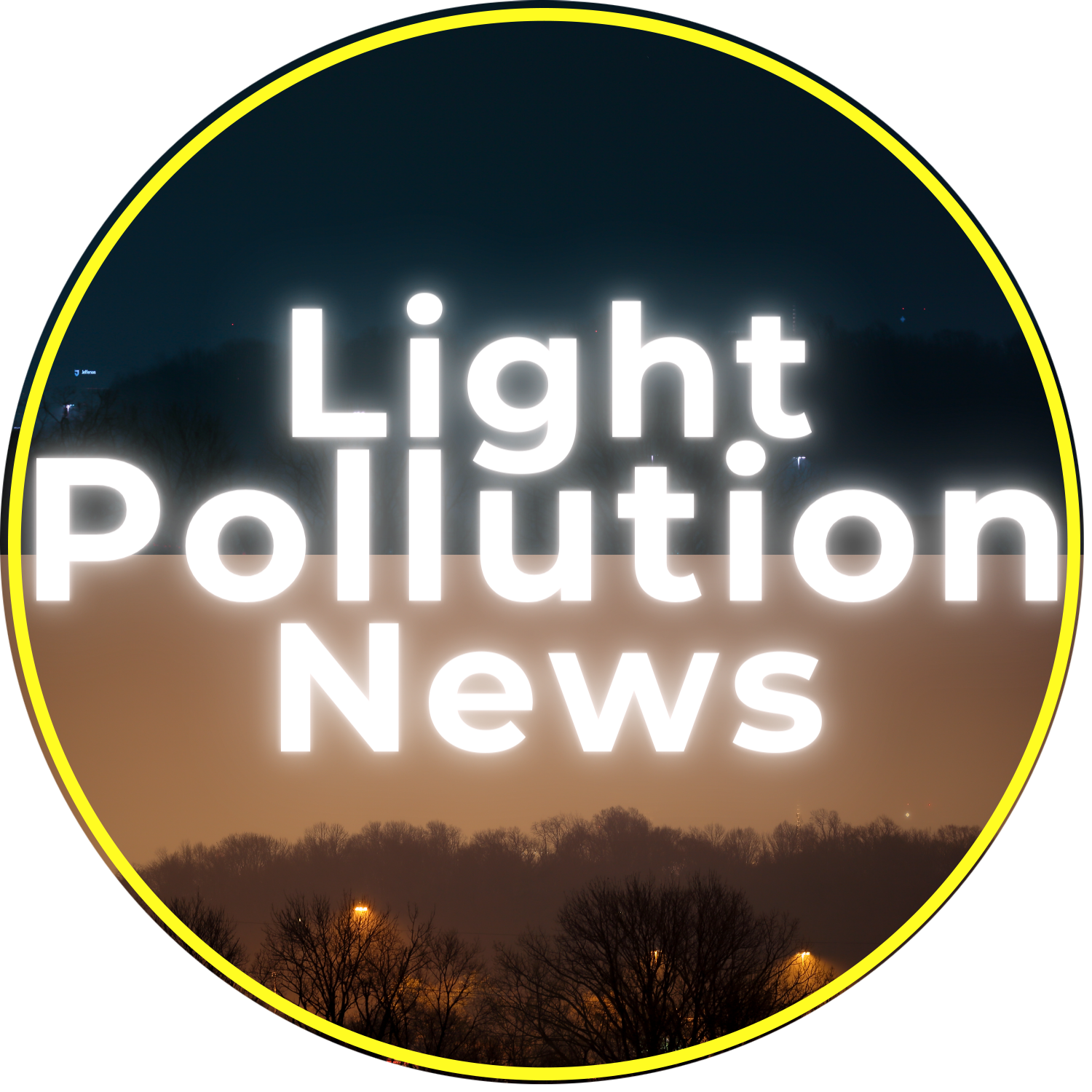
August 2025: Establishing Precent, Light Pollution News.
Join our mailing list. Follow us at LinkedIn, Instagram, Facebook, & Tiktok.
This Episode:
This episode, a new crime study tells us that maybe streetlights aren’t as impactful as public officials claim they are; also this episode – do streetlights get a bad rap, and what if a protective coating could drop satellite brightness by half!
All this and much more engaging conversation to be had! With me this month are Sky and Telescope’s Kelly Beatty, fresh off his recent cruise ship engagement, Dark Source’s Kerem Asfuroglu, and David Smith, who comes bearing a new campaign!
You’ll certainly want to stick around for this one! All this is next!
Like What You See and Hear? Consider Supporting the Show.
A hearty thank you to all of our paid supporters out there. You make this show possible.
For only the cost of one coffee each month, you can help us to continue to grow. That’s $3 a month. If you like what we’re doing, if you think this adds value in any way, why not say thank you by becoming a supporter!
Why Support Light Pollution News?
- Receive quarterly invites to join as a live audience member for recordings with special Q&A sessions post recording with guests.
- Receive all of the news for that month via a special Supporter monthly mailer.
- The satisfaction that your support helps further critical discourse on this topic.
Support Light Pollution News!
Host:

Guests:



Kelly Beatty
Kelly Beatty has been explaining the science and wonder of astronomy to the public since 1974, when he joined the staff of Sky & Telescope. After 44 years of pounding the keyboard, he retired from full-time work in early 2018 but remains actively involved in many S&T articles, tours, and other projects. An award-winning writer and communicator, he holds a Bachelor’s degree from the California Institute of Technology and a Master’s degree in science journalism from Boston University. Kelly has been active in efforts to reduce light pollution for more than 30 years. He served for more than a decade on the Board of Directors for the International Dark-sky Association (darksky.org) and is now an officer with DarkSky’s Massachusetts chapter.
David Smith
David Smith is an award-winning campaigner and environmental advocate. Smith has worked on a range of policy issues, including plastic pollution, water quality, land use change, and species recovery programs. As Social Change and Advocacy Officer at Buglife – the Invertebrate Conservation Trust, Smith leads advocacy and policy work to help save the small things that run the planet. As part of their policy priorities, Buglife is working to ensure that light pollution is recognized as an environmental pollutant with legally binding targets to reduce levels and relieve the pressure light pollution puts on the natural world.
Kerem Asfuroglu
Kerem Asfuroglu is the founder of Dark Source, an award-winning lighting design studio driven by environmental values based in the UK & Ireland. Following his graduation from Wismar University – Architectural Lighting Design MA in 2010, Kerem has worked in the lighting industry for almost a decade before setting up Dark Source in 2019. He has been awarded with the title of Dark Sky Defender by the IDA for advocating the importance of darkness through design. Some of his environmental lighting projects include the Plas Y Brenin Outdoor Centre, Presteigne Dark Sky Masterplan, Newport Dark Sky Masterplan, Cloughjordan Ecovillage, Clwydian Range & Dee Valley, and Dark Sky Planning Guidelines for Cumbria.
Full Article List:
- Citizen science illuminates the nature of city lights, Nature Cities.
- Does darkness increase the risk of certain types of crime? A registered report article, Plos.org.
- To Determine if Changing to White Light Street Lamps Reduces Crime: A Multilevel Longitudinal Analysis of Crime Occurrence during the Relighting of Leeds, a UK City, Applied Spatial Analysis and Policy.
- Seasonal timing and interindividual differences in shiftwork adaptation, npj Digital Medicine.
- Editorial: Long-term effects of adolescent stress, sleep deprivation, or circadian disruption on mood and anxiety, Frontiers in Neuroscience.
- Adaptation under constant light or dark: a challenge to the pineal, Journal of Comparative Physiology B.
- Exposure to light and noise at night, and sleep quality in community-dwelling older adults: a cross-sectional study, European Geriatric Medicine.
- Lipid metabolic adaptations during inflammation are controlled by the circadian clock and impaired by light at night, Inflammation Research.
- New study reveals Kiwis ‘care deeply’ about darkness, Nina Hindmarsh, The Press.
- SpaceX Pushes Its Luck With $1,000 Starlink ‘Demand Surcharge’ in 3 States, Michael Kan, PC Mag.
- Sun’s fury sends Elon Musk’s Starlink satellites plummeting back to Earth, Iain Todd, BBC Sky at Night.
- Coating satellites with super-black paint Vantablack could help fight light pollution crisis, Tereza Pultarova, Space.com.
- Map Reveals US Blackout After Powerful Solar Flare, Rachael O’Connor, Newsweek.
- UC Research Aims To Shed Light On Dark Skies, University of Canterberry.
Light Pollution News: August Highlights
Urban Skyglow
- Streetlights Are Not the Main Culprit: New studies led by Christopher Kyba and published in Nature Cities highlight that while streetlights are visible sources of night-time illumination, they are not the primary drivers of urban skyglow. Residential, commercial, and other non-street lighting sources contribute significantly, staying on well past midnight and increasing unnecessary light spill—even in cities like Germany, where LED conversions were more systematic.
- Broader Policy Needed: The evidence calls for policies addressing a wider variety of lighting sources, not just streetlights, to effectively curb light pollution and protect night skies.
Crime and Urban Lighting
- Darkness and Crime: UK-based studies analyzing crime statistics from South Yorkshire found that while darkness (not specifically “light absence”) increases the risk of certain crimes—burglary, robbery, criminal damage, bicycle theft, and vehicle offenses—the risk for violent or sexual crimes does not increase at night. Notably, the role of streetlighting itself remains unclear, as darkness alone was assessed, not illumination.
- LED Conversion & Crime in Leeds: A comprehensive LED street light conversion in Leeds, UK (switching to 89,000 LEDs at 3,000–4,000K, completing in 2024) found no statistically significant reduction in crime following the change, challenging popular crime-reduction claims about LED programs. [CORRECTION: The street light conversion study occurred between 2005 – 2013 and involved swapping out orange colored high pressure sodium lighting for white colored high pressure sodium lighting.]
Public Health & Wellbeing
- New Zealand Values Darkness: Survey data show 97% of New Zealanders live under eroded night skies, yet half believe protecting darkness is very important, and another 27% rate it moderately so. Darkness is seen as essential for wellbeing, environmental health, and cultural identity—especially relating to Matariki, the Maori new year.
- Health Impacts of Artificial Light: Multiple new studies find links between artificial light at night and adverse health outcomes:
- Circadian Rhythm Disruption: Both humans (especially shift workers) and animal models show that circadian adaptation is strongly influenced by seasonality and genetic differences, impacting mood, metabolism, and adaptation to changing schedules. Light exposure at night is linked to sleep disturbances, anxiety, and even higher risk of suicide in vulnerable adolescents.
- Senior Sleep Quality: Exposure to artificial light and noise at night degrades sleep quality in older adults, suggesting the need for quieter, darker environments for healthy aging.
- Physiological Changes in Rats: Chronic light exposure disrupts core pineal gland functions, raising stress hormones and diminishing the body’s ability to handle fats and inflammation—reinforcing the biological need for a day-night cycle.
Satellites, Technology, and Night Sky Preservation
- Proliferation of Bright Satellites: The rapid rise in low Earth orbit satellite constellations (e.g., Starlink, Project Kuiper) is changing the night sky, with satellites sometimes outnumbering stars. Solar activity is now reducing Starlink satellite lifespans through increased atmospheric drag.
- Reducing Satellite Brightness: New technology such as the Vantablack 310 black paint aims to reduce satellite reflectivity, making them essentially invisible to the naked eye and helping to fight astronomical light pollution.
Cultural Rights and Dark Sky Initiatives
- Protecting Indigenous Night: In New Zealand, the indigenous constellation Matariki is now a public holiday, but experts like Dr. Shea Esterling are working to legislate protections for the “right to night” for Maori and Aboriginal communities—arguing that dark skies are intrinsic to indigenous identity and knowledge.
Light Pollution News: August Read Along
Now, Kerem, this is one that I think you’ve probably given a lot of thought to. From Nature Cities, a research team involving a name that I’m sure you all are familiar with, Christopher Kyba, found that streetlights weren’t the driving source of sky glow via a new study, well at least in Germany, where it appears there that they may have been spared the, LED conversion roll out that it seems the rest of world has been inflicted with.
The study included 258 participants in 2021 over 33 communities, nine that sat outside of Germany. The observations garnered 234,044 lights via a citizen science experiment named Nachtlichter, or night lights. This, by itself, is not anything terribly unique. While the approach is certainly novel, the article noted that studies involving Flagstaff, Arizona, and Tucson, Arizona, saw a similar low percentage of street light impact on skyglow.
Now this study had its share of limitations, as you’d expect when basing your data on individual collected data. What I gather is that Kyba attempted to walk the data back to satellite imagery.
I have to bring these up because they came through his month. I have an interesting set of crime studies here.
Now, I want to start by saying that this study did not look at lighting measurements and overlay of their data. Rather, the study, ‘Does darkness increase the risk of certain types of crime?’ looks solely at the assumption that if it is nighttime, it is perceived to be dark. And if it is daytime, it is perceived to be light. This appears to be common vernacular in these types of studies, no matter how flawed and ignorant the framing is.
Now, I obviously cannot speak for the area, which is South Yorkshire, England. If this were a study done here in the US, I’d certainly say that nighttime is absolutely no guarantee you’ll have any type of darkness due to the astounding amount of private and public lighting.
The study assessed statistical chances of one falling victim to a series of crimes at night, spanning from violent crime to theft and burglary. They found that nighttime, and for you the listener at home – make note that I am purposely deviating from their words ‘darkness’ for the reason I just mentioned – increased the risk of “bicycle theft, burglary, criminal damage, personal robbery, and vehicle offenses – lumping the overwhelming majority of crimes into theft related offenses. They did not find an increased propensity for violent crimes and rape given the daylight/nighttime hour split.
The authors of the study set out to primarily assess how darkness, itself, affects crime. I’m not sure you can do that in any urban area, unless this area was one of the areas affected by the roving street light reductions that have taken place at various spots in the UK.
[CORRECTION ON BELOW: Leeds converted over 80,000 street lights in 2005 from orange colored high pressure sodium lights to white colored high pressure sodium lights. The Leeds study assessed the time frame of 2005 – 2013.]
To further cement a point, we have a recent study that looked at the street light conversion of the city of Leeds. The community switched over 89,000 street lights from high pressure sodium lighting to LEDs utilizing a color temperature around 3000 – 4000K starting in 2019 and ending in early 2024. The project cost £22.5M (which converts to an astonishing $30M USD).
During the time of the conversion, the study found no significant reduction in crime after converting fixtures. It should be noted, there was a mention, perhaps a claim of a 20% crime reduction at some point in the process. That 20% appears to be a magical number because we see that a lot here in the US. It’s what you hear from public officials here in Philly, and it’s what you hear in the Atlanta ‘Light Up the Night’ campaign. To sum up, there appears to be no statistical noteworthy change in crime since LEDs have begun going live in Leeds.
You can find both of these studies in our show notes over on our website.
This month has really been a gold mine for news. We have a ton on the health front!
From the Press down in New Zealand, researcher Dr. Ellan Cieraad surveyed 1,000 New Zealanders to identify their feelings on darkness and artificial light. Dr. Cieraad noted that 97% of the New Zealand population lives under some form of eroded nighttime skies. Despite that, overall, New Zealand remains darker than any of our countries here on the show today.
In near universal demographics, half of the respondents said that protecting dark skies was very important, and another 27% found it to be of moderate importance.
From the University of Michigan, we, humans, really are seasonal animals. In a study from May in npj Digital Medicine, researchers suggest that shift worker circadian rhythm adaptation is dependent largely on an individual’s biological mechanisms for seasonal timing.
We also have an editorial from Frontiers in Neuroscience that discussed how circadian rhythm issues can provide stress and anxiety in teenagers, possibly leading to teen suicide. The takeaway appears to be this: for teens already at risk of suicide, subtle increases in nighttime light exposure increased stressors in the form of sleep problems and anxiety.
From the Journal of Comparative Physiology B, rats were exposed to three environments: constant light, constant darkness, and a control daytime/nighttime condition. The findings indicate that long-term exposure to constantly lit environments created the most significant challenges for the pineal gland. The pineal gland, which is a small endocrine gland near the center of the brain, serves as the main regulatory module for the body’s sleep-wake circadian cycle. When constantly exposed to light, the rats exhibited higher blood corticosterone levels, which the authors attributed to chronobiological stress.
In another study, this time from the journal European Geriatric Medicine, researchers found that direct or ambient lighting, along with direct or ambient noise, negatively affected sleep quality for a sample size of 2,978 senior adults (65 years or older). Researchers utilized the Pittsburgh Sleep Quality Index to perform the assessment. This is apparently a widely used self-reported questionnaire given to assess sleep quality and disturbances.
And lastly, for health related news, we have a study from Inflammation Research that found that artificial light at night weakened rats’ ability to respond to inflammation. In a typical day-night cycle, rats’ bodies broke down fats and sugars used for responding to inflammation by day, essentially rested by night – the bodies continued to break down fats but at a slower rate.
When subjected to dim levels of artificial light at night (around 2 lux) for two weeks, the 30 Wistar rats in the experimental group experienced a circadian disruption that resulted in a weaker response and greater difficulty handling said fats. The control group contained 28 rats, bringing the total sample size to 58.
One thing is for certain, it’s that when we look up these days, the stars move quite a bit faster than they did five years ago…of course, those aren’t stars, they’re low Earth orbiting satellites. There’s a handful of companies in the game now, including AST Mobile, the currently small numbered Amazon Project Kuiper constellation, a planned Chinese constellation called Qianfan, and, of course, everyone’s favorite man here in the US, Mr. Musk’s Starlink satellite system run by SpaceX.
In related news involving Starlink, the service is neither cheap nor, apparently, a spaced based solution for internet. SpaceX is increasing fees in the Pacific Northwest parts of the United States to include a $1,000 USD demand surcharge. The fee had only been $250 as of last year. And the reasoning for increasing the fee is beccause the constellation can’t handle the demands of largely rural residents of Washington, Idaho, and Oregon. So it is, in essence, throttling users of those states.
Then, we have this from the BBC’s Sky at Night Magazine. The past two years have been a boon for aurora chasers, but maybe not so much for SpaceX. The increased solar activity expands the Earth’s atmosphere, which in turn, creates greater air resistance for low Earth orbiting satellites, like Starlink. This can shorten the lifespan of these satellites by as much as 10 days. The operating lifespan of a Starlink satellite is targeted for 5 years, but increased atmospheric drag could shorten that span by a very small margin.
Incidentally, on June 19th, here in North America – and in northern parts of South America, a solar flare knocked out shortwave radio below 20 megahertz. A similar storm hit in May, knocking out shortwave radio for many parts of the world, including Asia, Africa, the Middle East, and parts of North & South America.
But the big news in satellites this month derives from a company named Surrey NanoSystems. Surrey Nanosystems partnered with Noelia Noel, an astrophysicist from the University of Surrey, to develop a new form of black paint called Vantablack 310. This paint beats the current best options by half, reflecting around 2% of the visible and near infrared light back to Earth. The intended impact will be to reduce satellite brightness to a magnitude 7, which, at that level of dimness, puts it outside of human visibility. Machines, of course, will continue to be able to see these satellites, but with much lower impact. The team hopes to test this new coating on a British student satellite, Jovian 1 in 2026…so stay tuned!
I want to end today with this story. Have you ever felt that your public officials are gravely misinformed?-or maybe I should ask – Have you ever felt that your public officials are actually informed? Well, how about this for a head smacking moment! In New Zealand, the rising of the indigenous constellation, Matariki, became a holiday in 2022 (that’s the asterism Pleiades for you at home listening). The holiday, oddly though, tends to be celebrated with town drone shows and light festivals. As Dr. Shea Esterling of the University of Canterbury says, “you can’t enjoy Matariki without being able to see the stars!”
Dr. Esterling is working on a project, which includes proposing legislation to protect the cultural right to night for Maori and Aboriginal communities. Dr. Esterling plans to visit 13 certified dark sky locations in Australia and New Zealand to interview indigenous women, as they often act as the keepers of oral history.
This project comes on the heels of New Zealand’s attempts to become a major player in the new Space economy. Per Dr. Esterling, “If we lose dark skies, we lose crucial aspects of indigenous knowledge and identity. We don’t need more cars flying into space [a potential reference to a Tesla Roadster launched in 2018 – which now is orbiting somewhere between Earth and Mars – and has listened to Space Oddity over 739,000 times at the time of this recording]”…Dr. Esterling goes on to say, “The stars should be enough, shouldn’t they?”

